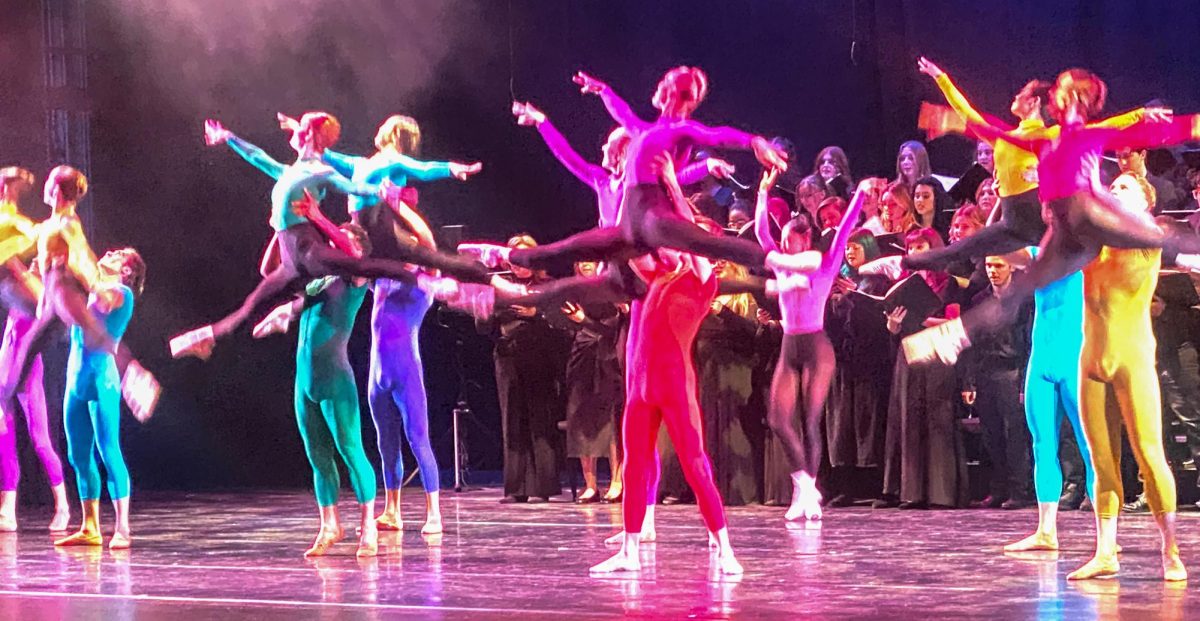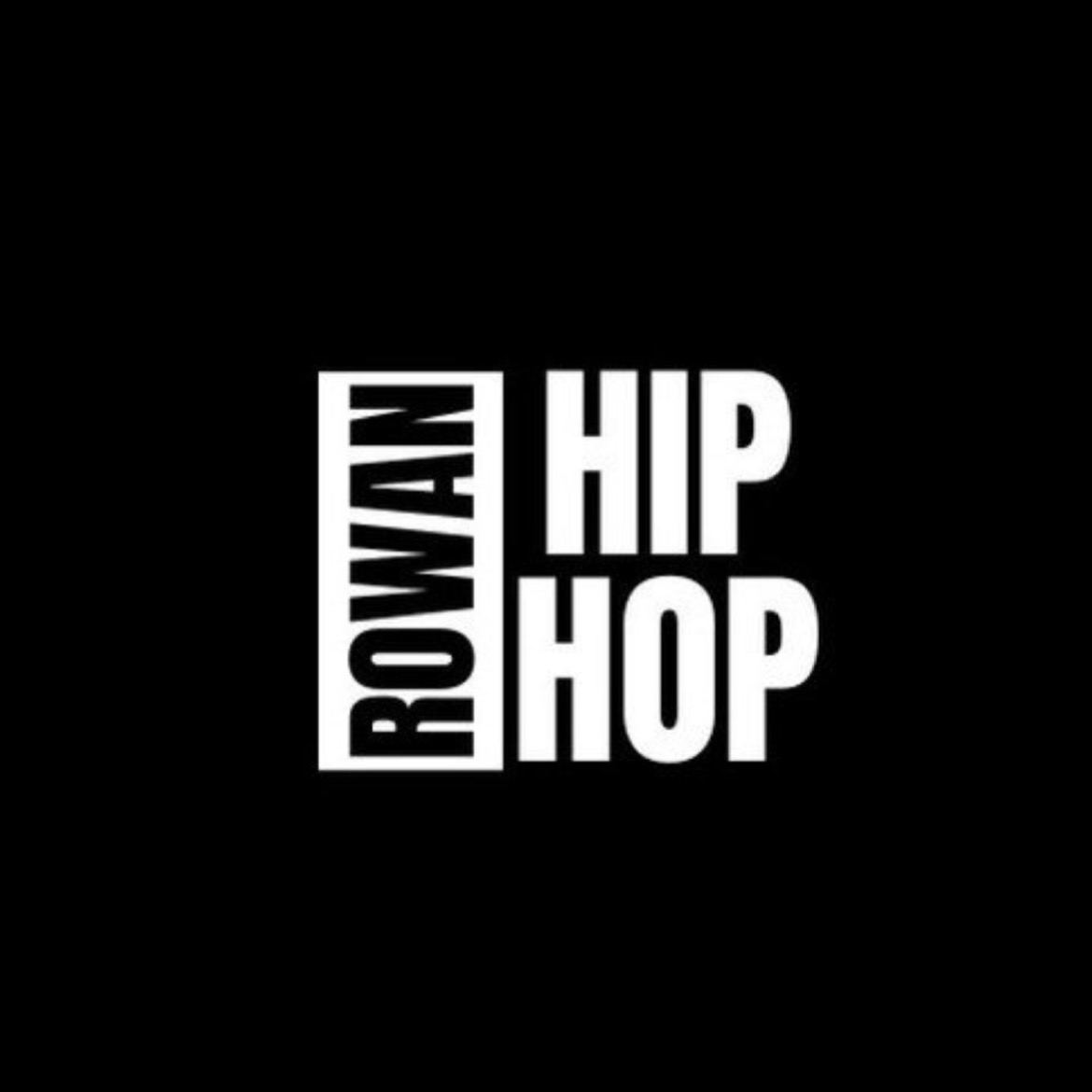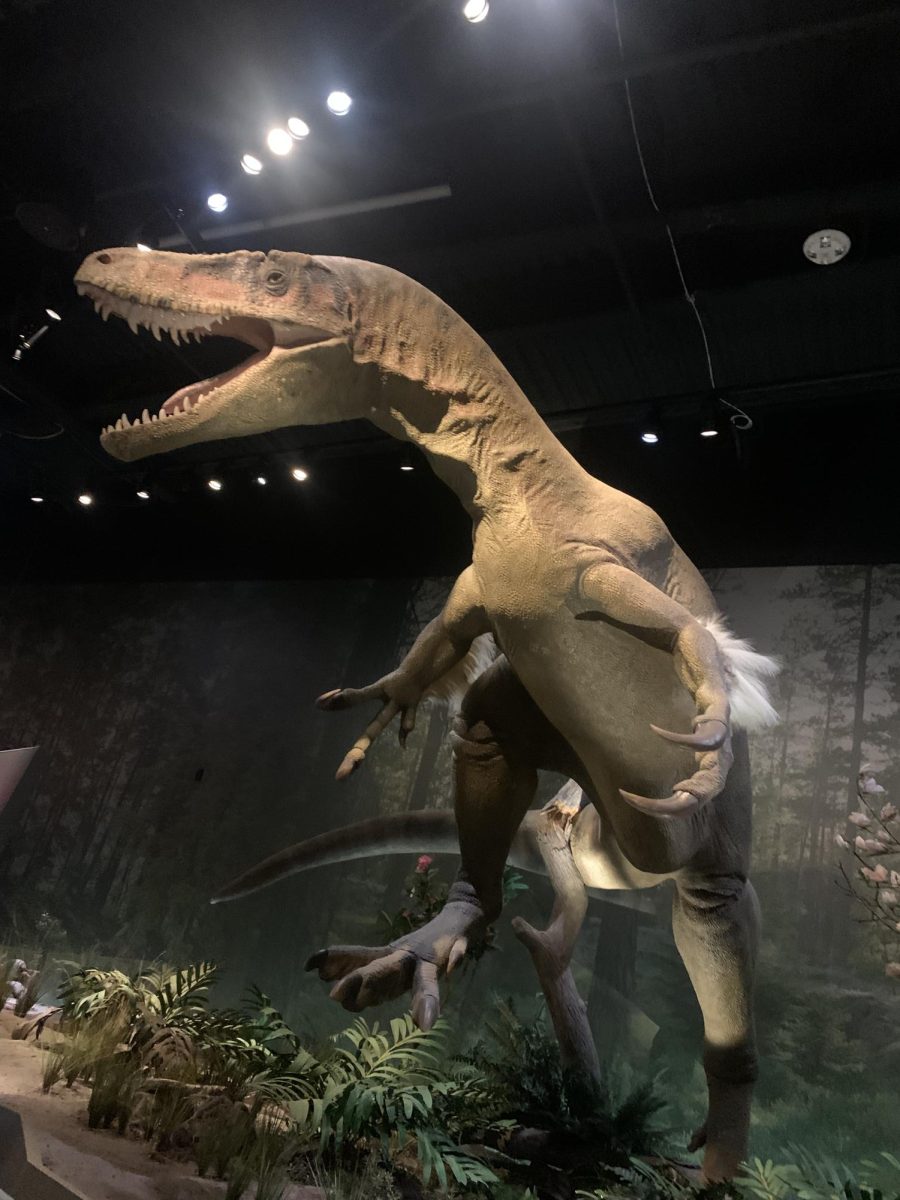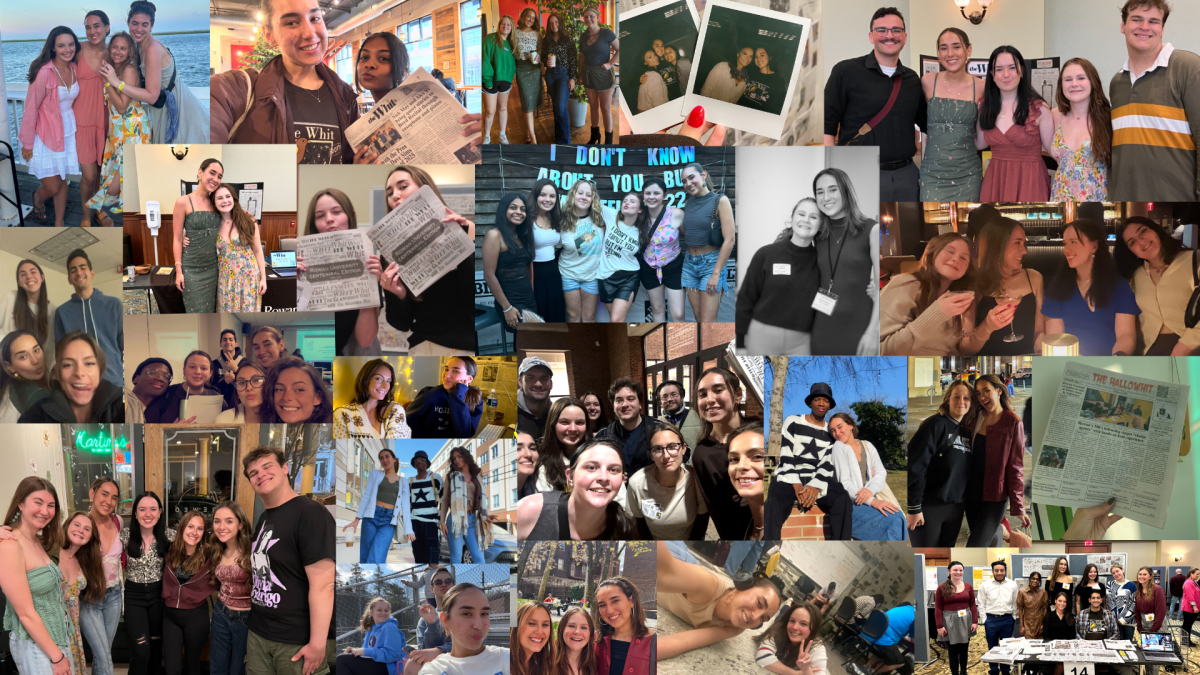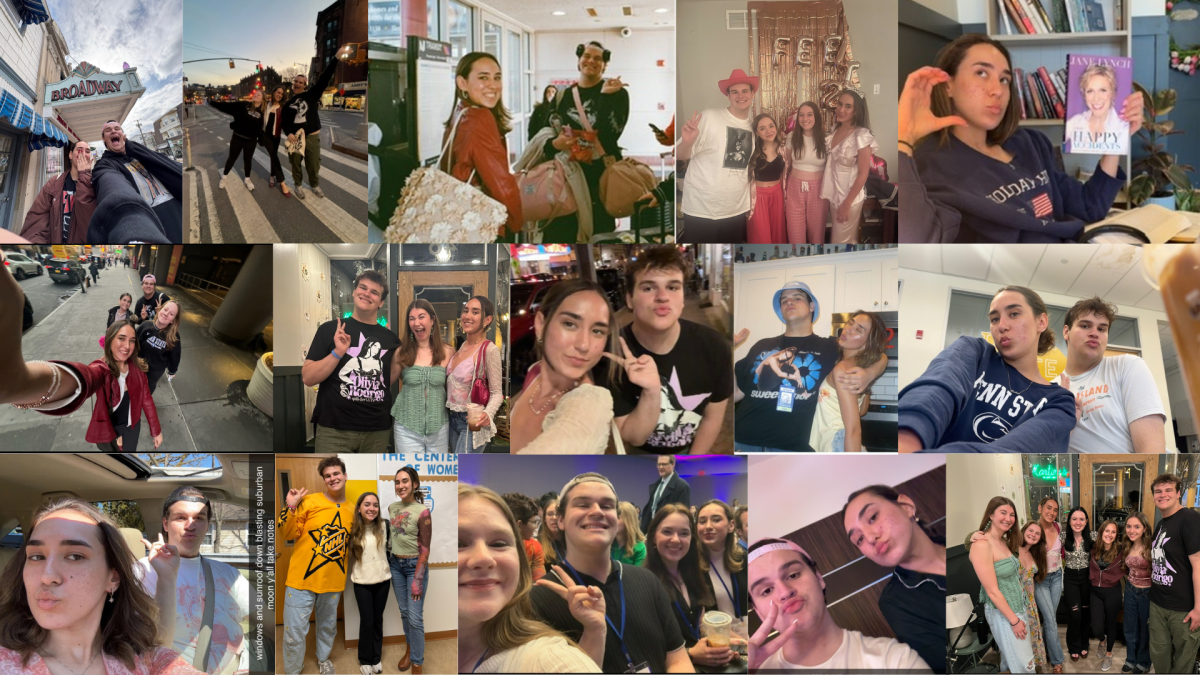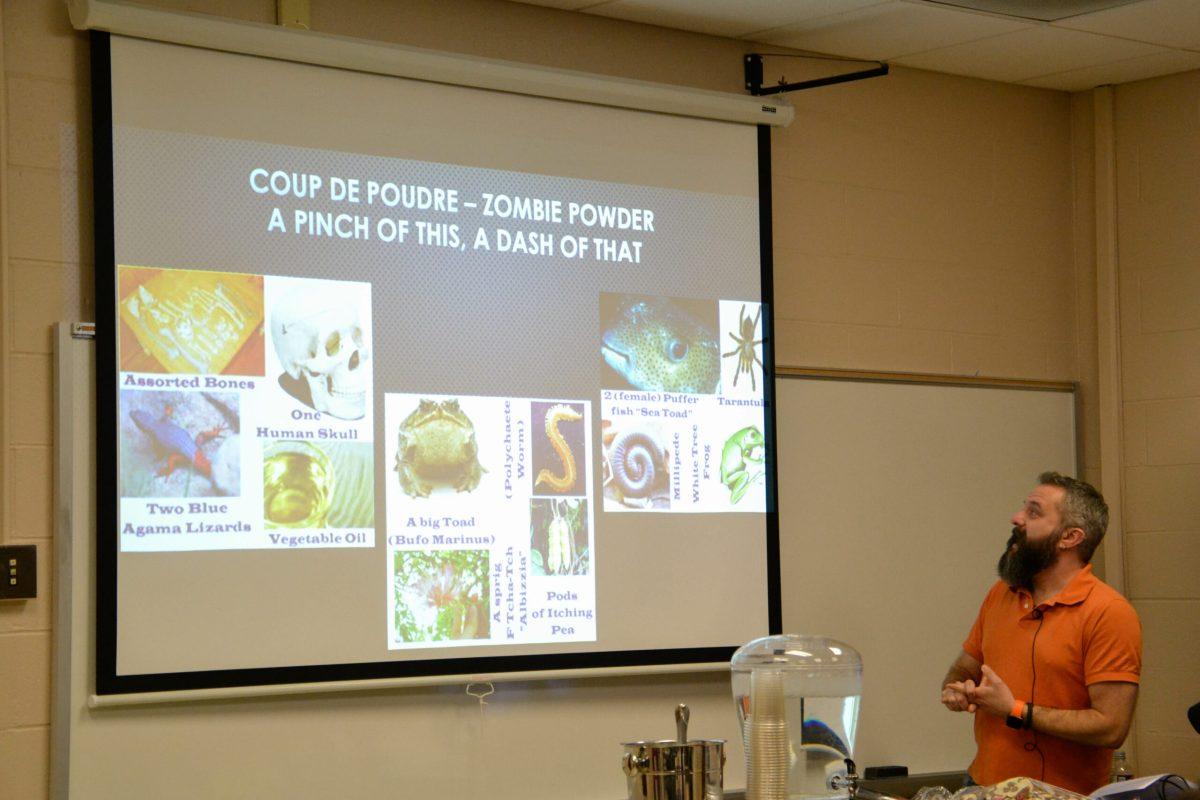Dustin Cushman, a professor of anthropology at Rowan University, separated myth from fact during a Halloween inspired lecture on the origins of the undead in Robinson Hall this past Friday.
Cushman began the talk with the history of the zombie. Their origins are rooted in Haiti and the Voodoo practice. Cushman explained that in the Voodoo belief system, a person is made up of anywhere between two to four souls. So while a person’s body is but only one part, their soul can live on.
Two of the main souls are the Ti-Bon Anj, also referred to as “The Little Good Angel,” and the Gwo-Bon Anj, known as “The Big Good Angel.” The little good angel represents a person’s intellect, memory and identity, while the big good angel encompasses a person’s life force and helps control their body. Two holy figures in the voodoo religion are the Hougan, a male priest who uses his powers to aid the people, and a Bokor who has been trained in the ways of sorcery and black magic.
To zombify a person, one has to be trained in the dark arts in combination with “zombie powder,” a substance made up of almost twelve items when done right. Cushman gave examples of people who had been allegedly “turned into zombies” and sent to work as mindless slaves in other parts of the country. Cushman gave an example of one man was even turned by his two brothers! Two of the people most well-known zombies were Clairvius Narcisse & Ti-Femme (Francina Illeus).
“I definitely wanted to make people aware that ‘The Walking Dead,’ ‘Night of the Living Dead,’ the modern zombie that exists nowadays and is the zombie that people think about actually has real cultural and religious roots with Haitians and West Africans, and that it is not just a reanimated corpse, it was a form of controlling someone else,” Cushman said.
Once the historical verification of the zombie was understood, pop culture became the forefront of the discussion. Cushman’s earliest examples of zombie films were “White Zombie” (1932) and “I Walked with a Zombie” (1943). Yet he continued to give great detail into other films such as “Night of the Living Dead” (1968), “Day of the Dead” (1985) and “Russo’s Return of the Living Dead” (1985). Prior to “Russo’s Return of the Living Dead,” zombies didn’t like brains; Russo himself actually invented that misconception. Cushman topped it off with the Resident Evil movies and more modern adaptations like “iZombie,” “The Walking Dead” and even “Game of Thrones.”
At the end of the lecture, some students offered their opinions on the presentation.
“It’s really interesting because there’s so much more to Zombies than we think there is than just these undead, mindless human beings that were reanimated,” said senior psychology major Troy Pittman.
Pittman added that he learned plenty of new information about zombies he hadn’t known before.
“I didn’t even know about the culture of the witch doctors and Voodoo and stuff that goes into it from way back in the day, and into modern zombies, with Hollywood and everything, which is fascinating,” he said. “I wish he touched on it more with Cinco de Mayo, showing that the dead aren’t always feared. Basically, it was interesting learning all the sides of it, from beginning to what we have now.”
For questions/comments about this story, email news@thewhitonline.com or tweet @thewhitonline.


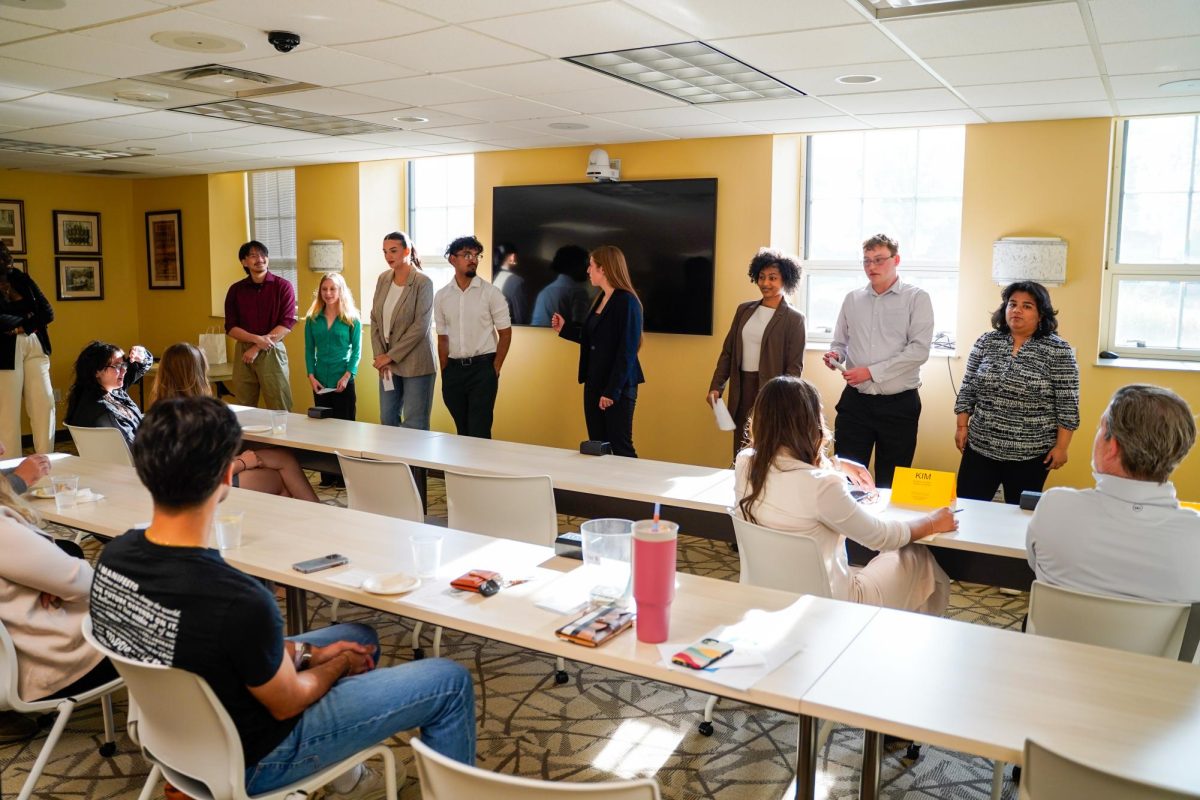
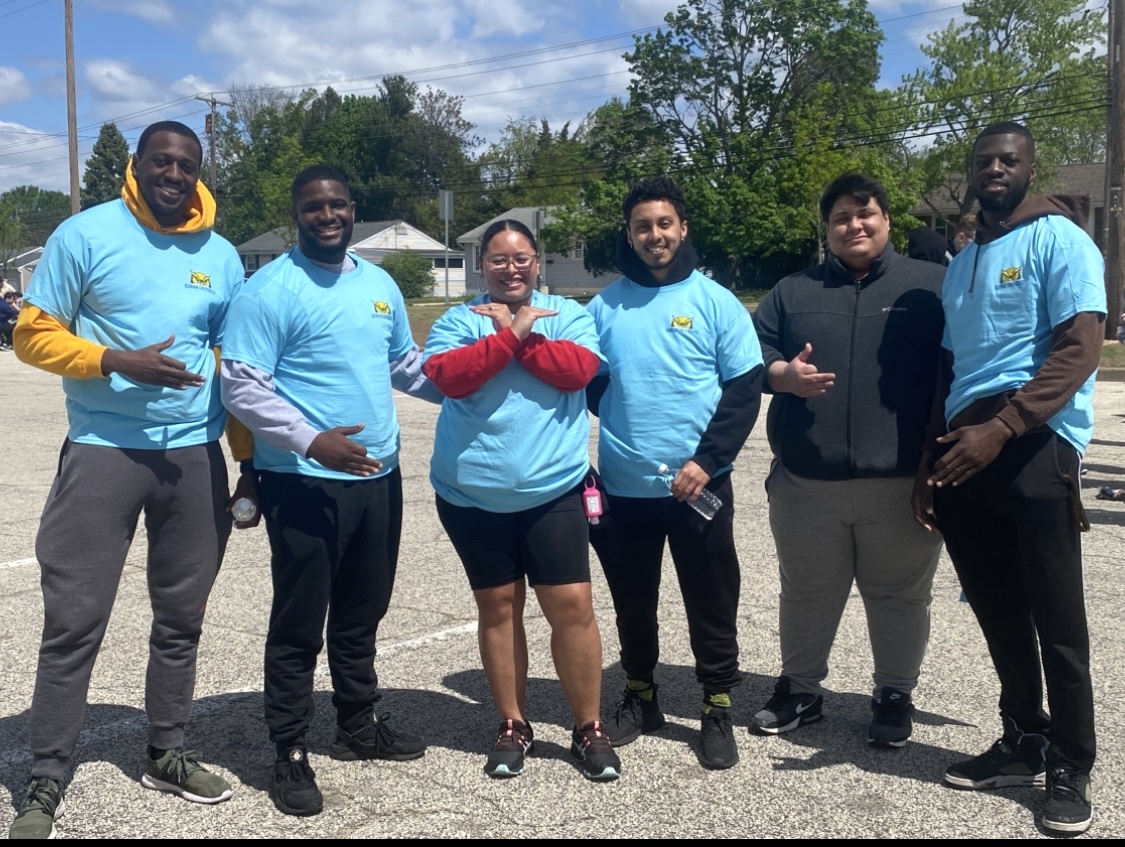



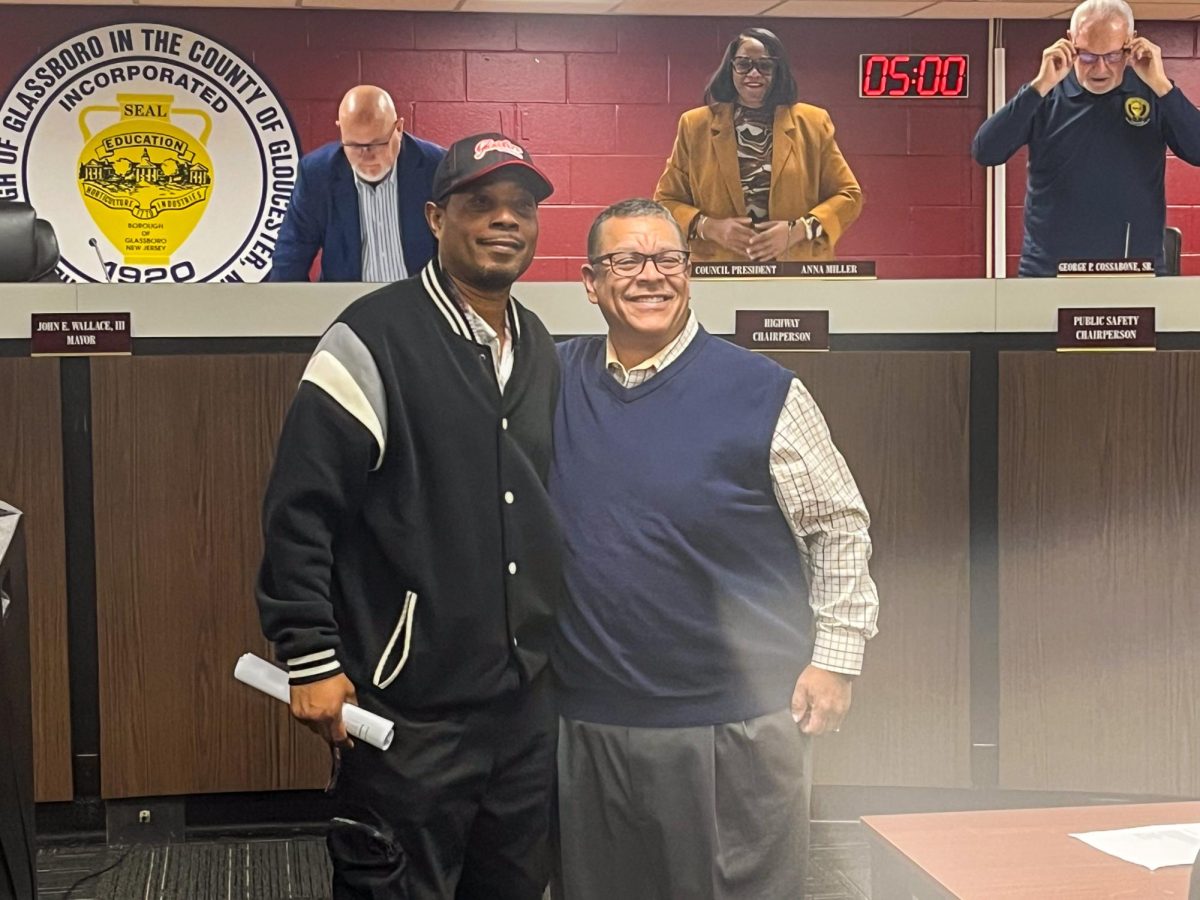











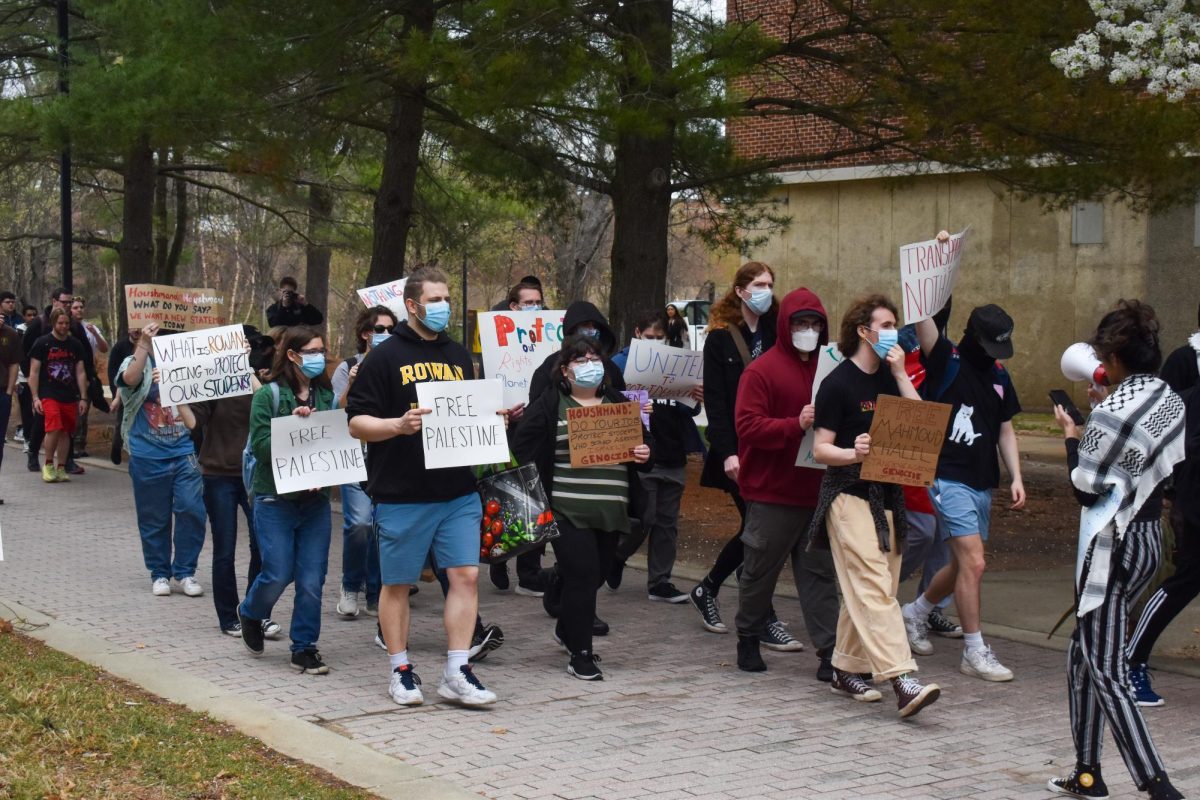
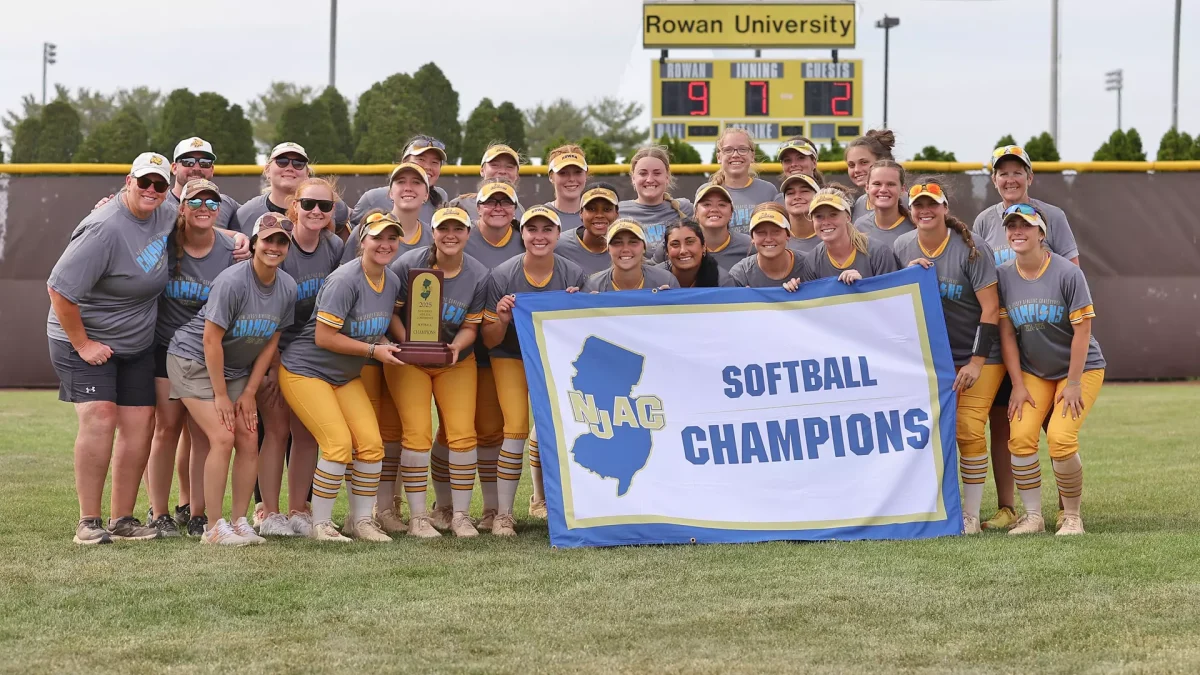

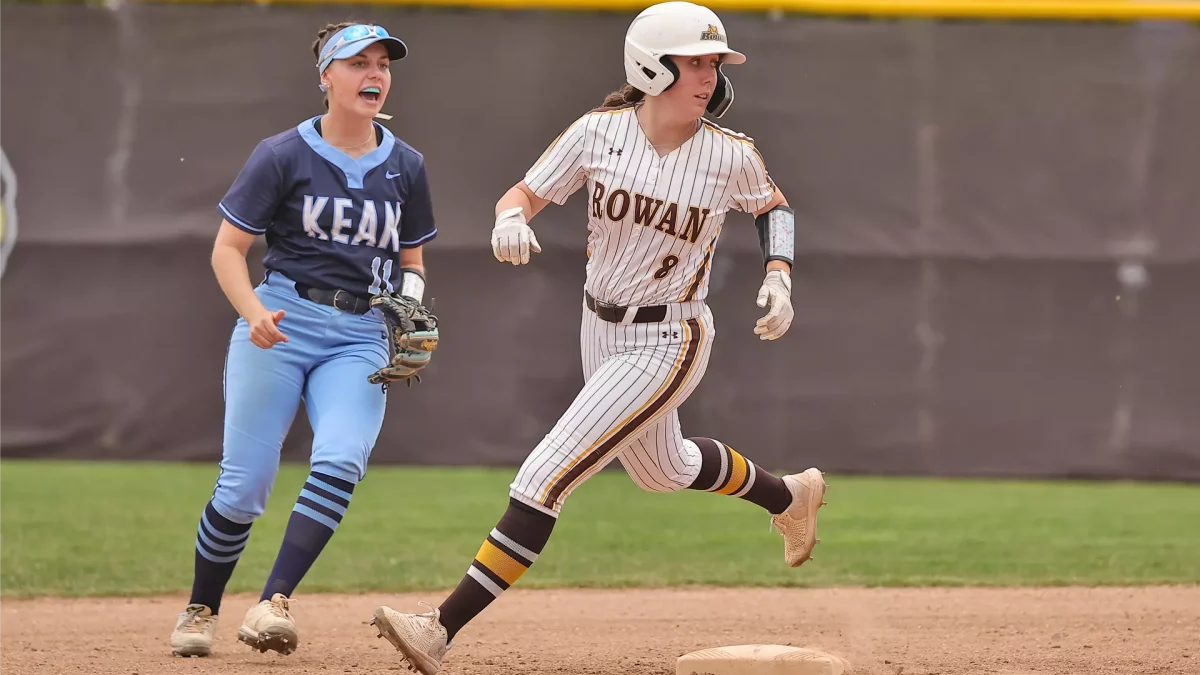

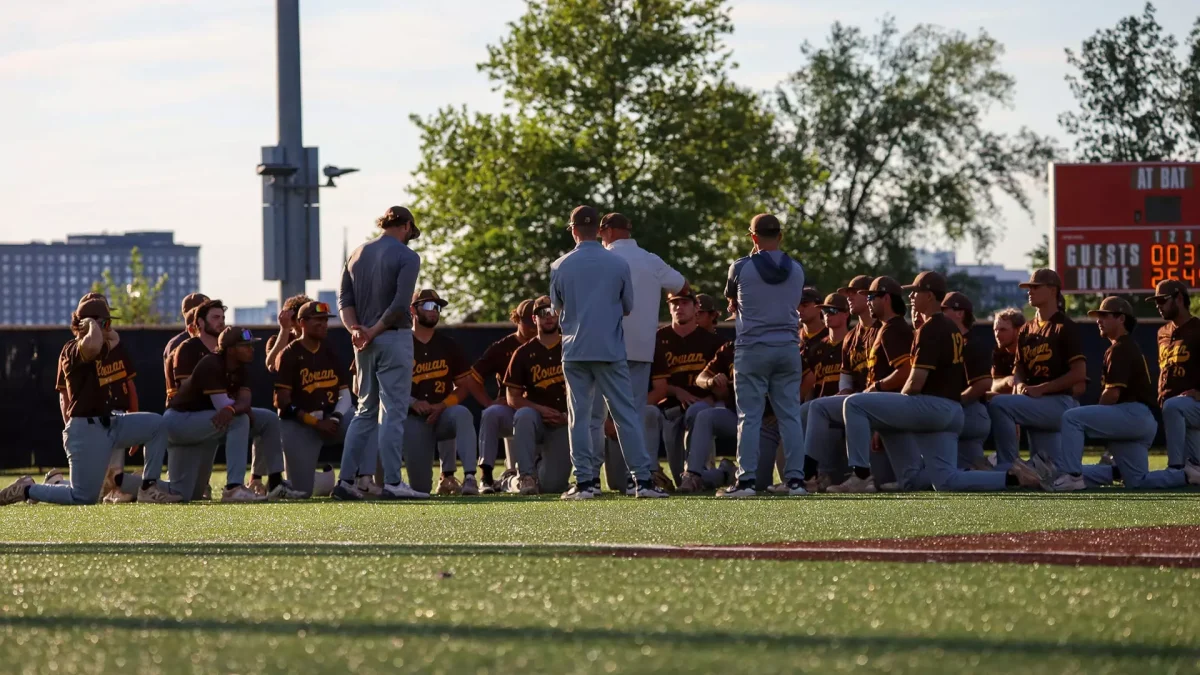




































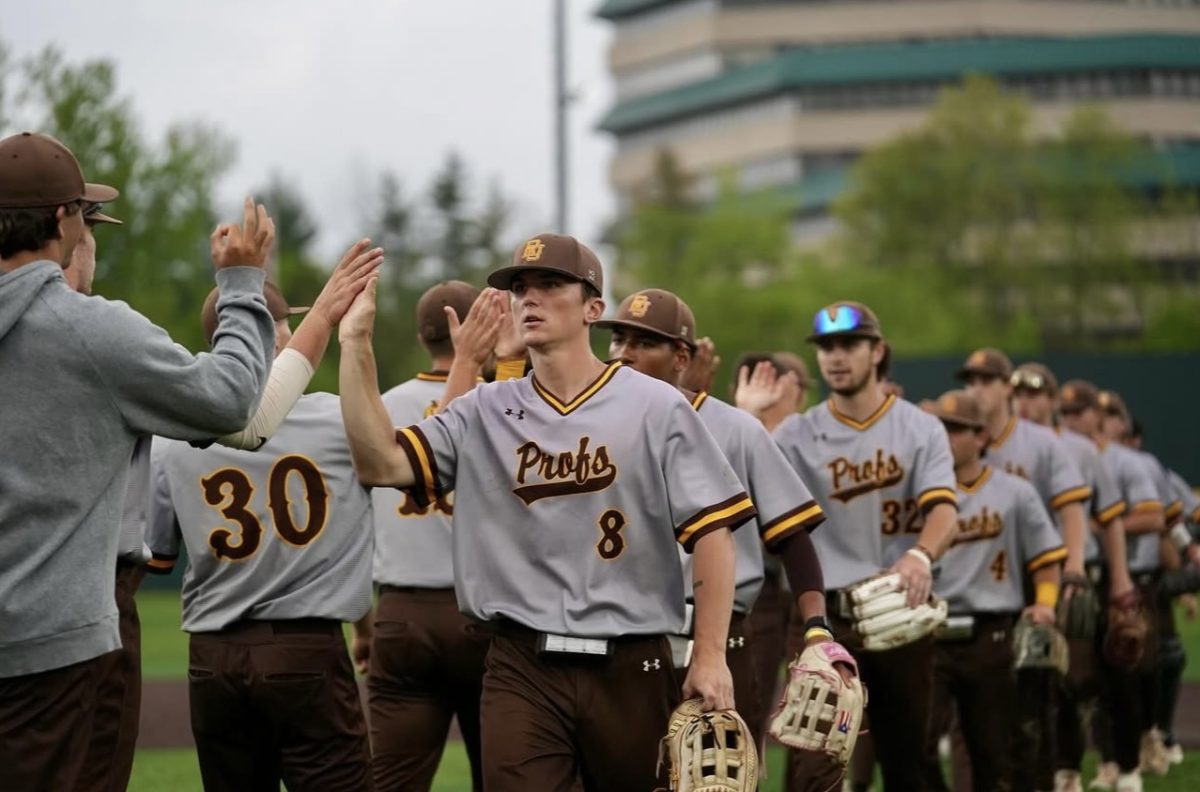



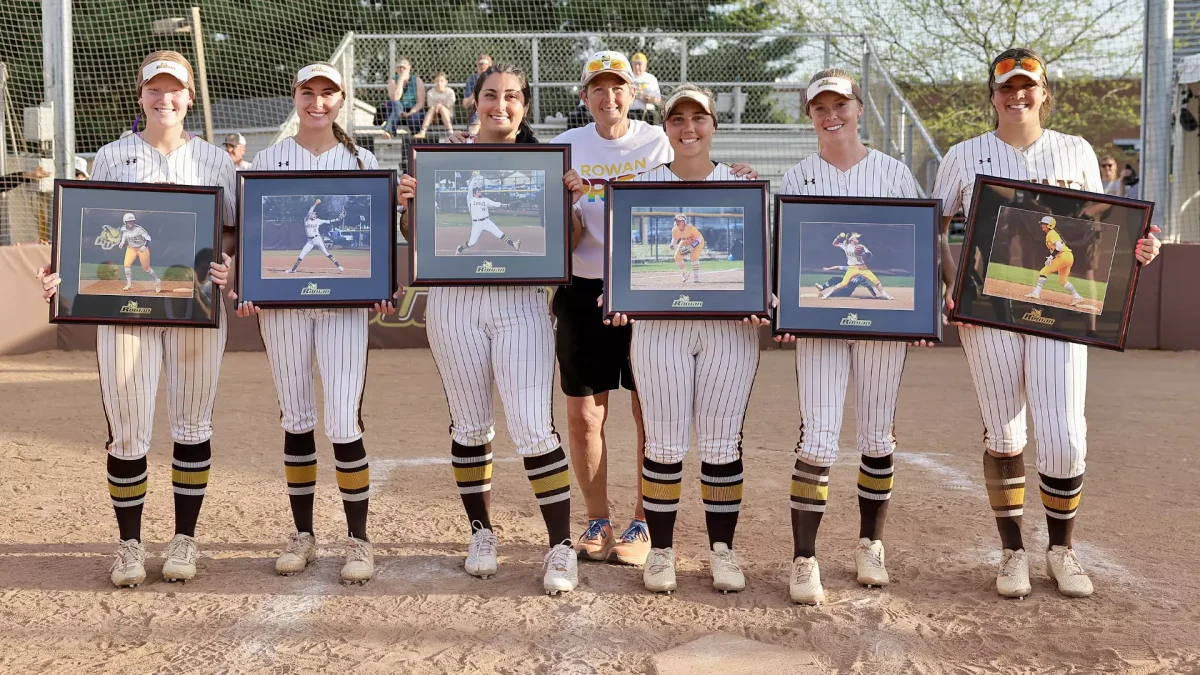




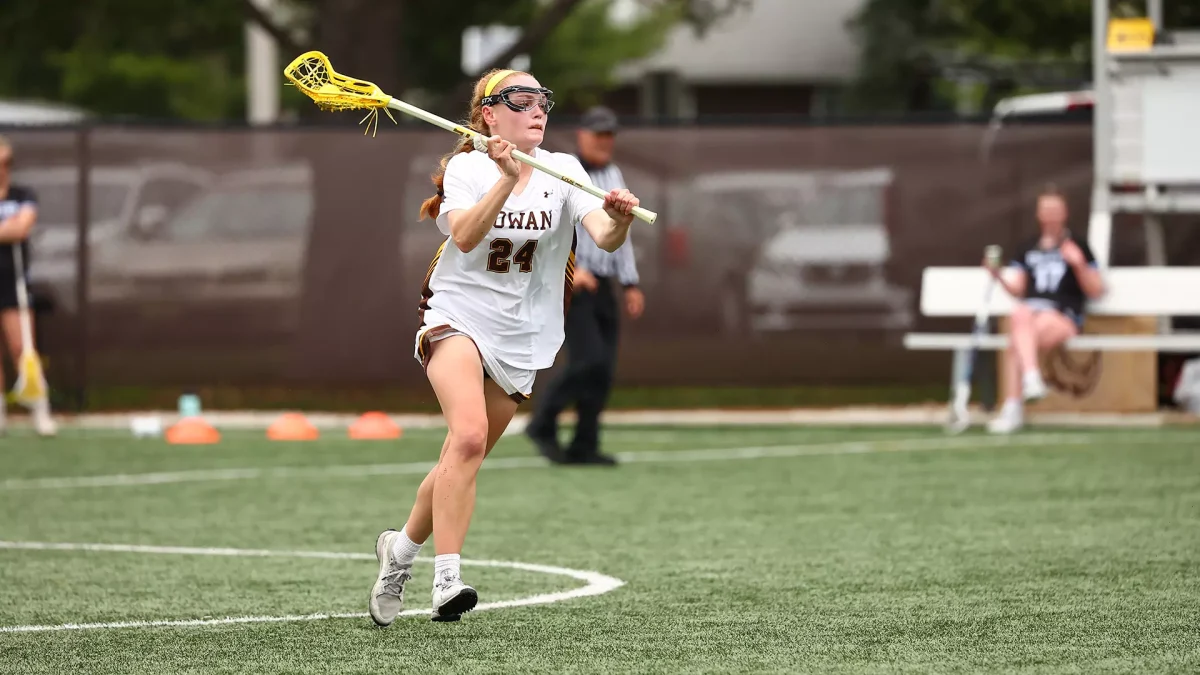














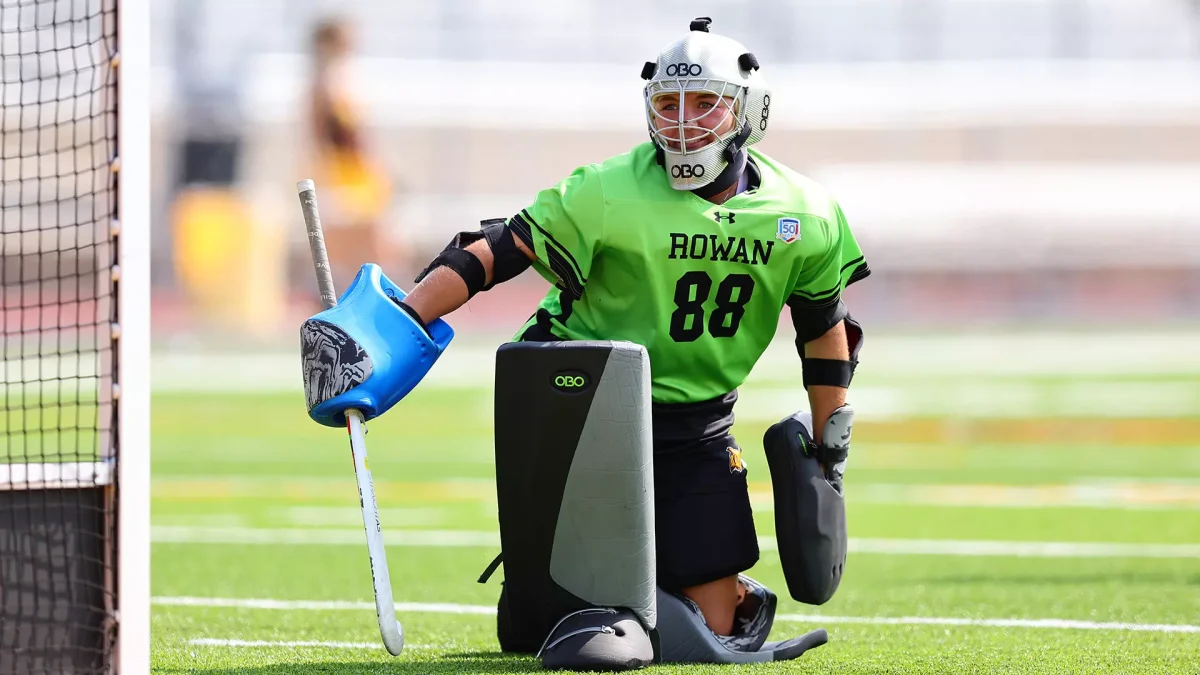






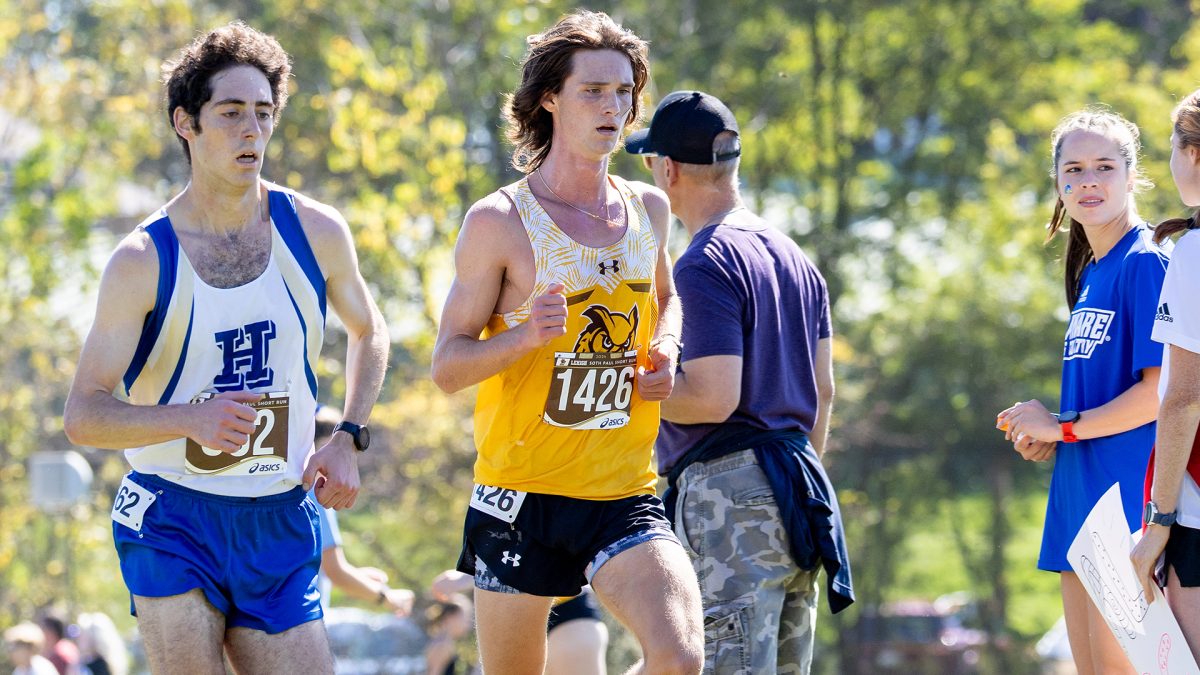



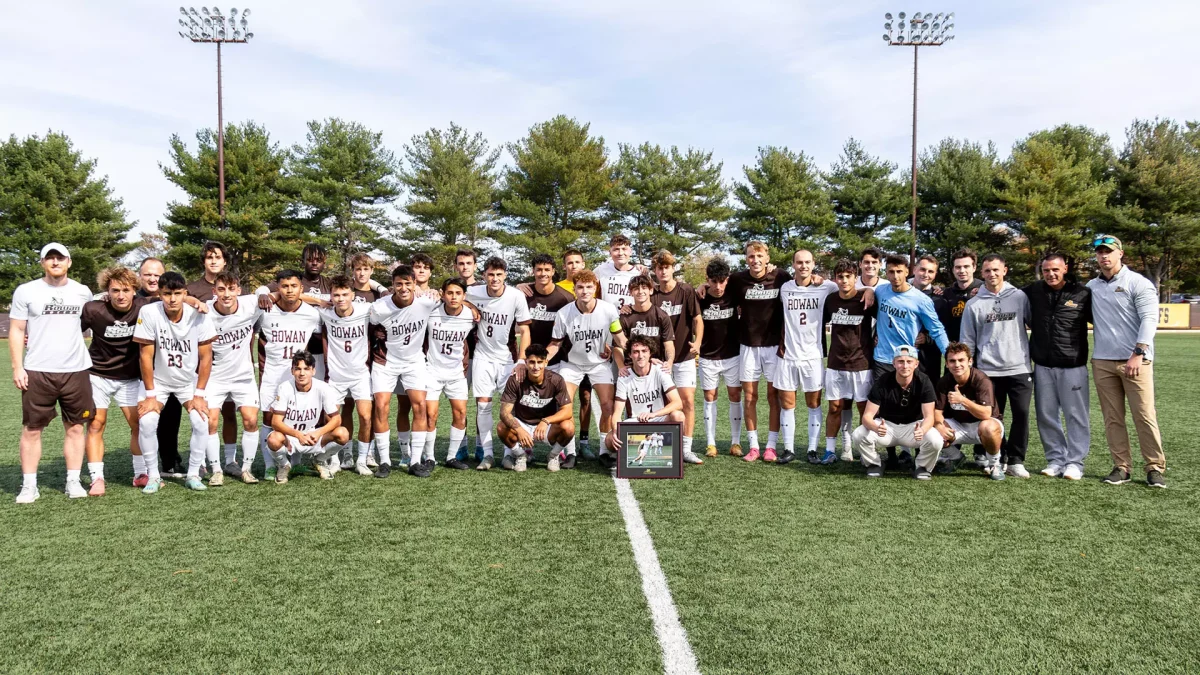

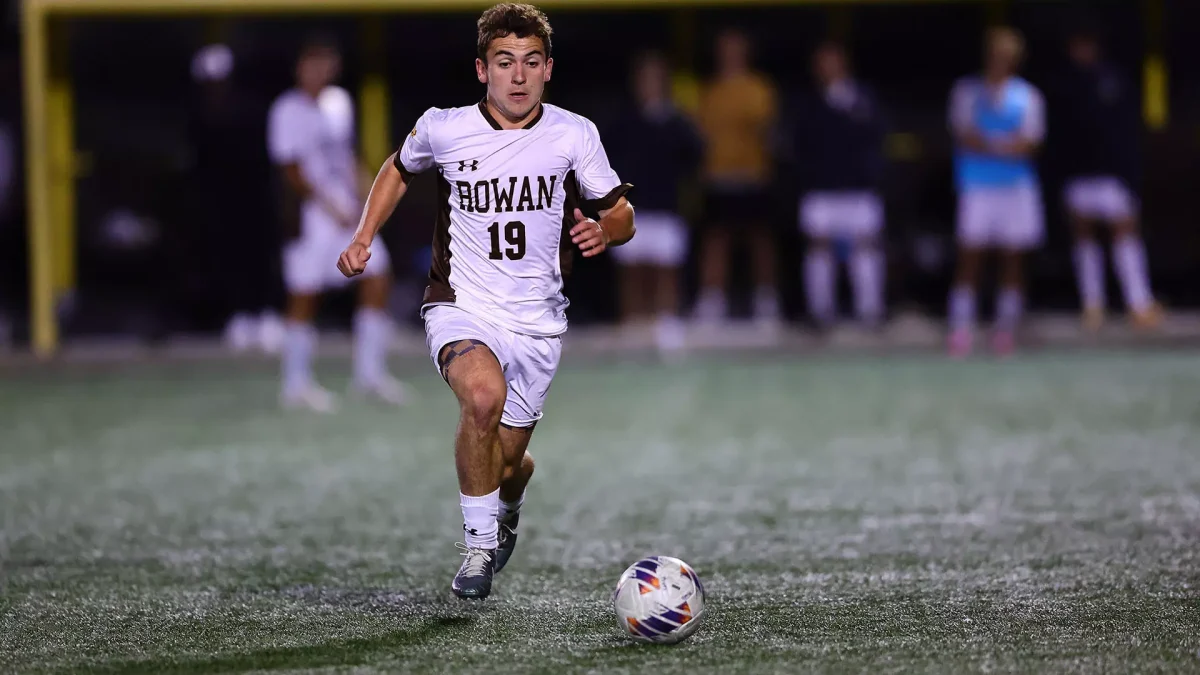







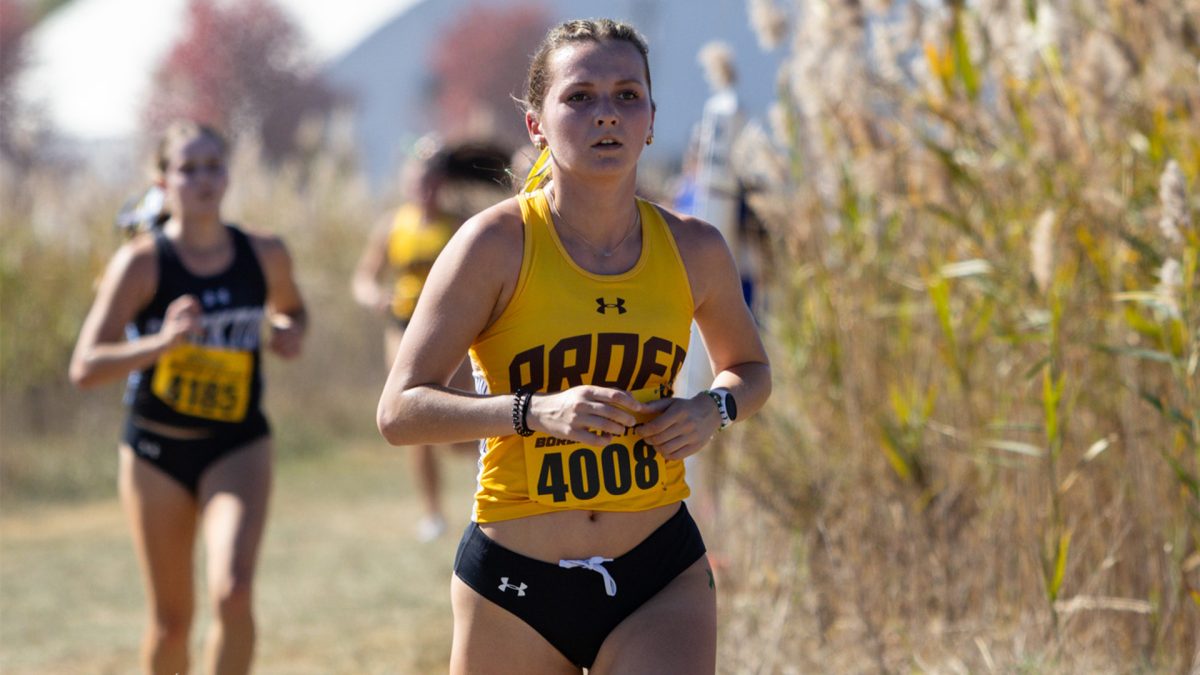




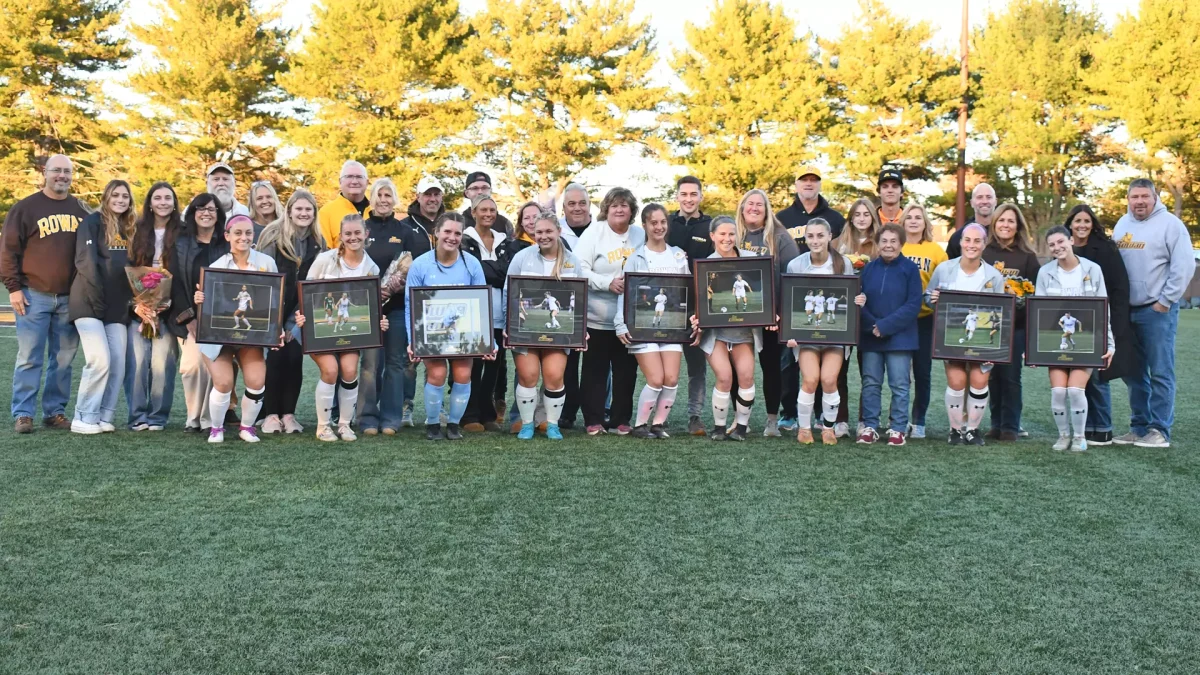







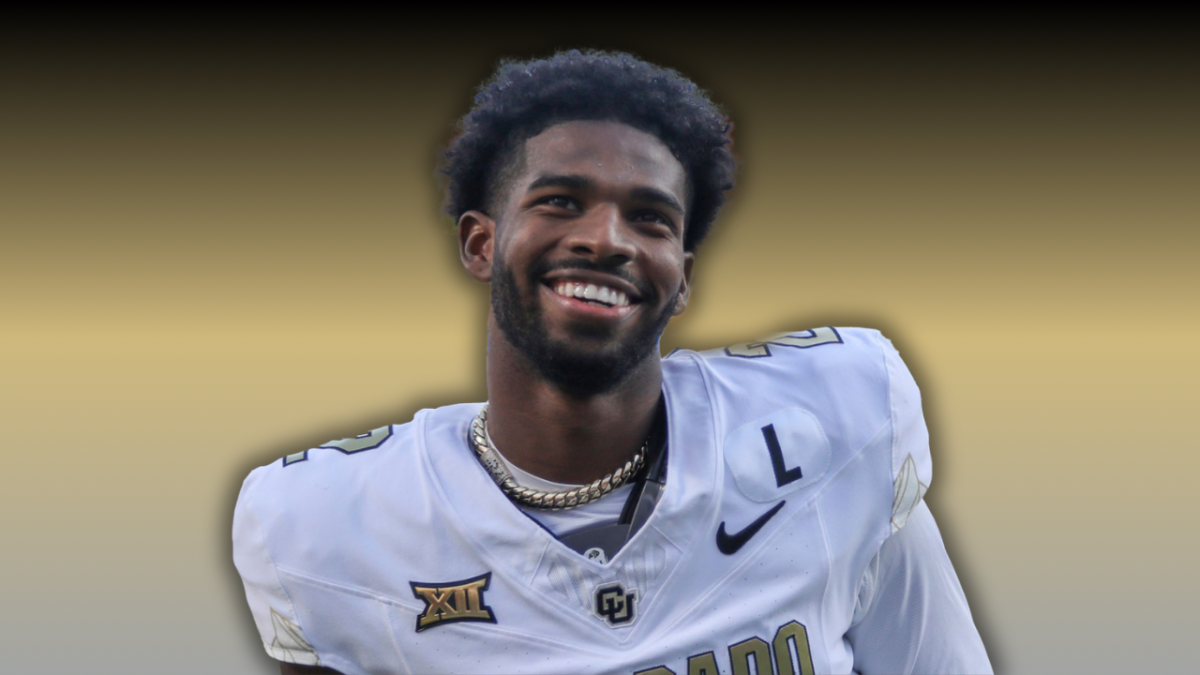







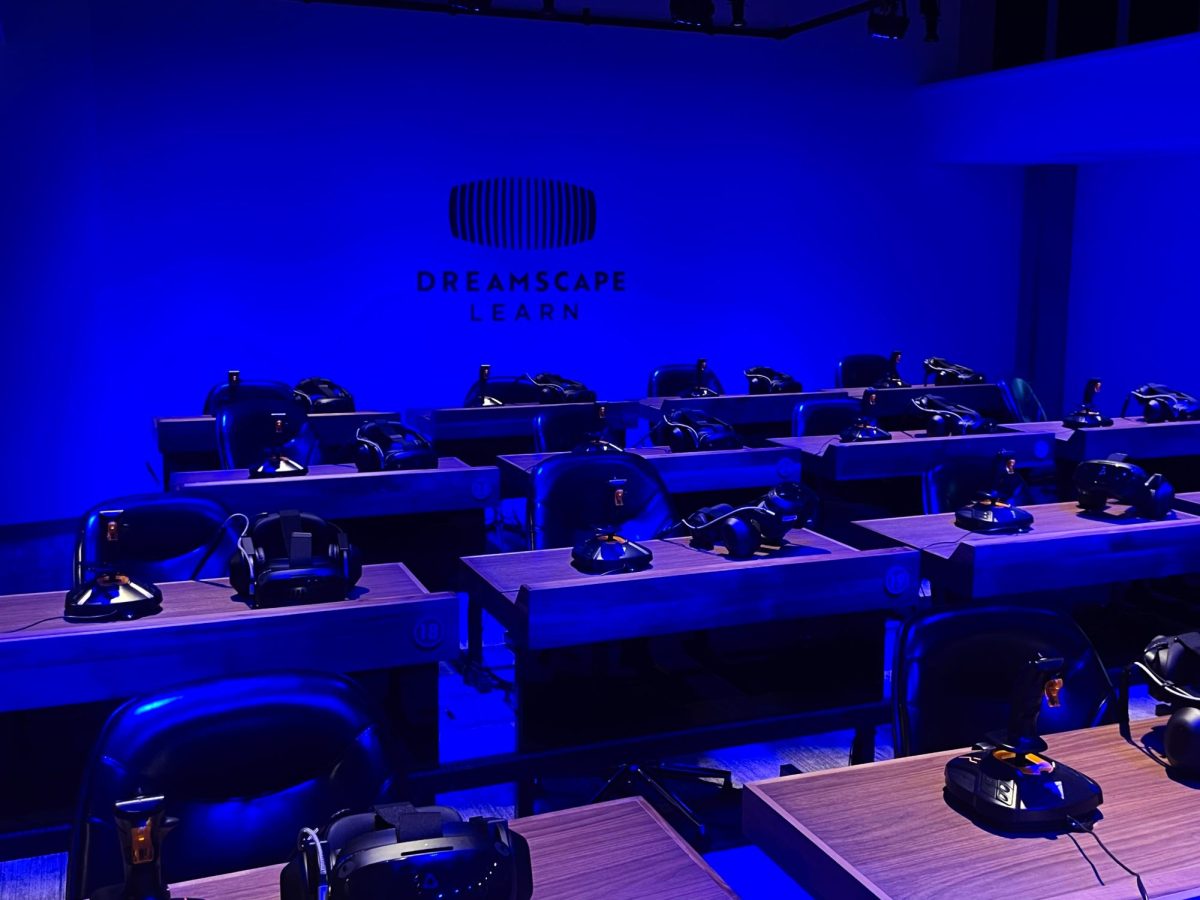
























!["Working with [Dr. Lynch] is always a learning experience for me. She is a treasure,” said Thomas. - Staff Writer / Kacie Scibilia](https://thewhitonline.com/wp-content/uploads/2025/04/choir-1-1200x694.jpg)

